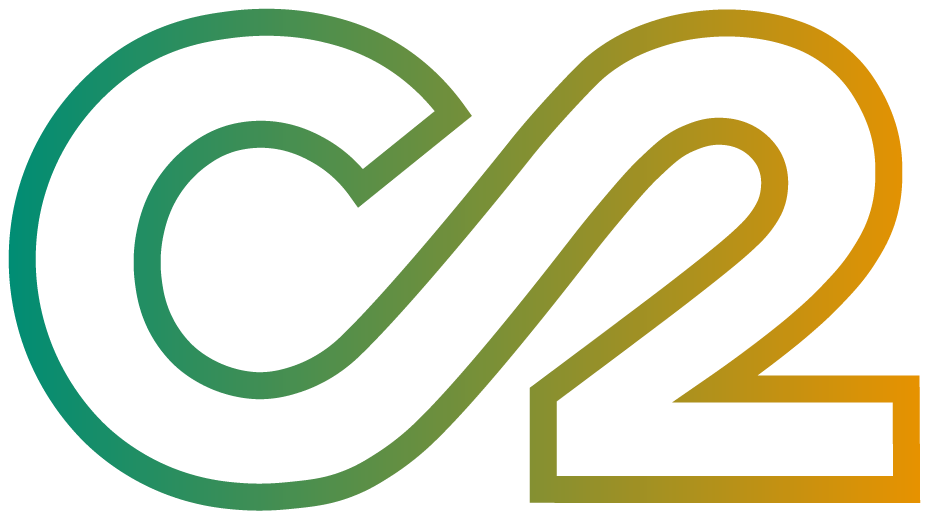Subscribe to the Lead Where You Are Podcast on all your favorite streaming outlets! Simply click one of the buttons below.
For over 30 years the theory behind performance management was to provide a process of accountability and ownership to an individual’s performance development and success.
Annual and semi-annual performance discussions were added to provide accountability and performance rating systems were put in place as a way to document and often justify annual pay increases.
The unfortunate reality about performance management as it was designed 30 years ago; it doesn’t work today. Accountability and ownership is misplaced and falls on the leader and does little to develop and enhance an individuals performance because so much of the focus is on documenting and discussing past performance to justify future compensation.
In most performance management processes, leaders set the performance expectations, leaders schedule time for the performance reviews, leaders talk 80-90% of the time in the performance review discussion, and the final determination of performance success or failure resides with the leader in their assigning an end of year performance rating. Something is seriously wrong with this picture!
So rather than a process meant to enhance and development performance, it has evolved into a process that nearly everyone dislikes and organizations, year after year, tolerate it even with its inherent, "check the box" ineffectiveness. Performance management has become one of the most disengaging processes any organization conducts.
Enhanced talent performance requires change, moving from traditional performance management to future focused performance enablement. Shifting the accountability and ownership for performance from the leader to the employee, where it should reside, is key. Continuous performance development is highly effective at developing and sustaining talent performance, not at documenting and justifying compensation decisions.
However, performance management won’t evolve on its own. It requires an intentional effort to improve a very ineffective process. If performance management in your organization is not working we can show you a better way.
See the graphic below on how performance accountability and ownership shifts from the leader to the employee in a continuous performance model.



